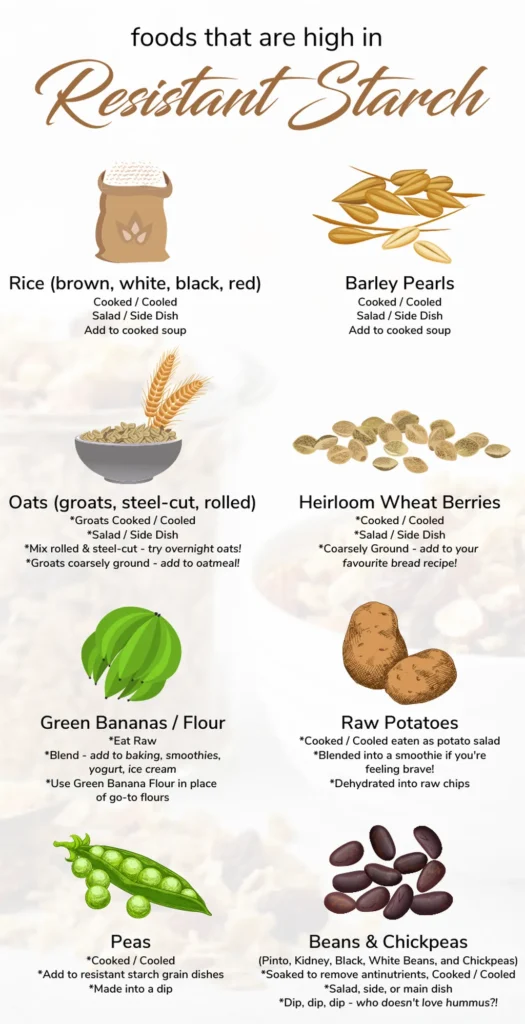In the ever-evolving world of functional foods, a recent study published in *Food Chemistry: X* has shed light on the potential of resistant starch (RS) to enhance the shelf-life and textural properties of low-glycemic yogurt (LGY). The research, led by Weijie Qi from the College of Food Science at Northeast Agricultural University in China, explores the physicochemical properties and microscopic structure of yogurt enriched with RS, offering promising insights for the agritech and food industries.
The study found that incorporating 0.6% RS into yogurt significantly improved its storage qualities. During the 28-day storage period, LGY maintained a higher count of lactic acid bacteria, which are crucial for gut health and yogurt’s probiotic benefits. This finding is particularly noteworthy as it addresses a common challenge in the dairy industry: maintaining microbial viability over extended periods.
“Yogurt containing 0.6% RS was best for storage,” said Qi, highlighting the optimal concentration for enhancing yogurt’s shelf-life. The research also revealed that LGY exhibited superior textural properties, with a hardness of 143.32 g and elasticity of 0.75, making it more appealing to consumers who value texture and mouthfeel.
Microstructural analysis provided further insights into the benefits of RS enrichment. Over time, both LGY and control samples developed larger and looser pores. However, the network cross-linking structure formed by RS with proteins in LGY resulted in less structural change, preserving the gel matrix and textural integrity. This structural reinforcement is a game-changer for the food industry, as it can lead to longer shelf-life and improved product consistency.
The kinetic model used in the study confirmed the storage stability of LGY, providing a theoretical foundation for future developments in functional yogurt production. The implications for the agriculture sector are substantial. As consumer demand for low-glycemic, high-fiber foods continues to grow, the integration of RS into yogurt production offers a viable solution for farmers and food manufacturers to meet these needs.
This research not only advances our understanding of the role of RS in yogurt but also paves the way for innovative product development. As Qi’s work demonstrates, the future of functional foods lies in the strategic use of dietary fibers like RS to enhance both the nutritional profile and shelf-life of dairy products. For the agriculture sector, this means new opportunities for value-added products and a stronger foothold in the health-conscious market.
In the realm of agritech, where science and technology converge to revolutionize food production, this study stands as a testament to the potential of research-driven innovation. As we look to the future, the integration of RS into yogurt production could very well become a standard practice, benefiting consumers, producers, and the environment alike.

